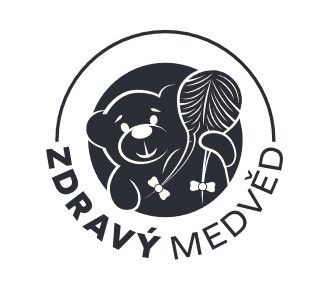Synonyms: 4-aminobenzoic acid, PABA, Vitamin Bx, Vitamin B10
Characteristics: Para-aminobenzoic acid (PABA) is a white organic crystalline compound found in certain foods but also produced industrially. The body synthesizes it with the help of bacteria in the intestine, where it becomes an intermediate in the synthesis of folate (vitamin B9). It is also known as vitamin Bx or B10, although it is not a true vitamin. It was used in sunscreen products until it was discovered that, in addition to sun protection, it is often a sensitizer (causing an allergic reaction after contact with the skin). The potassium salt is used therapeutically in fibrotic skin disorders. PABA is thought to benefit the skin and hair (it helps darken gray hair and improve some skin problems). So it is found in lotions, often combined with Aloe vera, and rarely used in shampoos, conditioners and lipsticks.
Dietary supplements: Sold in the form of pills, powder, extract or formulated for topical application. Dietary supplements contain doses from 100 mg to more than 1,000 mg per day.
Natural sources: Found in brewer's yeast, liver, molasses, mushrooms, spinach, and whole grains.
Effect: PABA absorbs ultraviolet (UV) rays – especially UVB rays, which are associated with burning and DNA damage. It has been a key ingredient in sunscreens since the 1940s but has later been linked to allergic skin reactions in some people. Therefore, as of 2019, the FDA has not recognized it as safe and effective for use in sunscreens. In addition to UV protection, PABA is claimed to help with skin problems related to hardening, tissue build-up, and/or discoloration—although it's not entirely clear how the compound can improve these conditions. PABA has also been tested as a possible treatment for scleroderma (a systemic autoimmune disease of the connective tissue), but the results of the studies do not confirm the effect. PABA is often touted as a treatment for vitiligo, a condition characterized by depigmentation and white patches on the skin. While some people with this disorder claim that PABA supplements help, scientific studies do not support this claim. One of the first uses of PABA supplements was to help with the re-pigmentation of premature gray hair. It is still used for this purpose today, and many personal testimonies indicate that it is effective. However, it is important to note that some research has found that hair turned gray again after participants stopped taking PABA.
Deficiency: Manifested by fatigue, depression, irritability, eczema, loss of skin pigmentation, premature graying, and the formation of wrinkles.
Recommended Daily Dose: Research supporting the use or benefit of oral PABA dietary supplements is insufficient, so there is no recommended or standardized dosage. Most supplements recommend 500 mg per day, but dosages range from 100 mg to over 1,000 mg. The sunscreens contained a concentration of 1‒15% PABA.
Side effects: Symptoms of an allergic reaction to PABA or an overdose of PABA include diarrhea, dizziness, eye irritation, fever, liver failure, nausea, vomiting, rash (in allergic reactions), shortness of breath, slowed breathing, stupor (altered thinking and decreased level of consciousness), coma (unresponsiveness).
Note: Most PABA reactions are due to allergic reactions, not overdose.
Interactions: PABA can interact with sulfonamides (used mainly to treat urinary tract infections) and reduce their effectiveness.
Pregnancy: PABA is probably safe when applied to the skin. Due to lack of information, oral use is not recommended.
Breastfeeding: PABA is probably safe when applied to the skin. Due to lack of information, oral use is not recommended.
Warning: Taking high doses of PABA supplements is not considered safe for people with liver and kidney disease.
Toxicity: Some people may have an allergic reaction to both PABA-containing sunscreens and may be sensitive to higher oral doses. Taking more than 12g per day is considered borderline and can cause serious side effects such as liver, kidney, and blood problems.
Children: When applied to the skin, PABA is probably safe for children.
PABA - Para-aminobenzoic acid
Chat with us on WhatsApp



